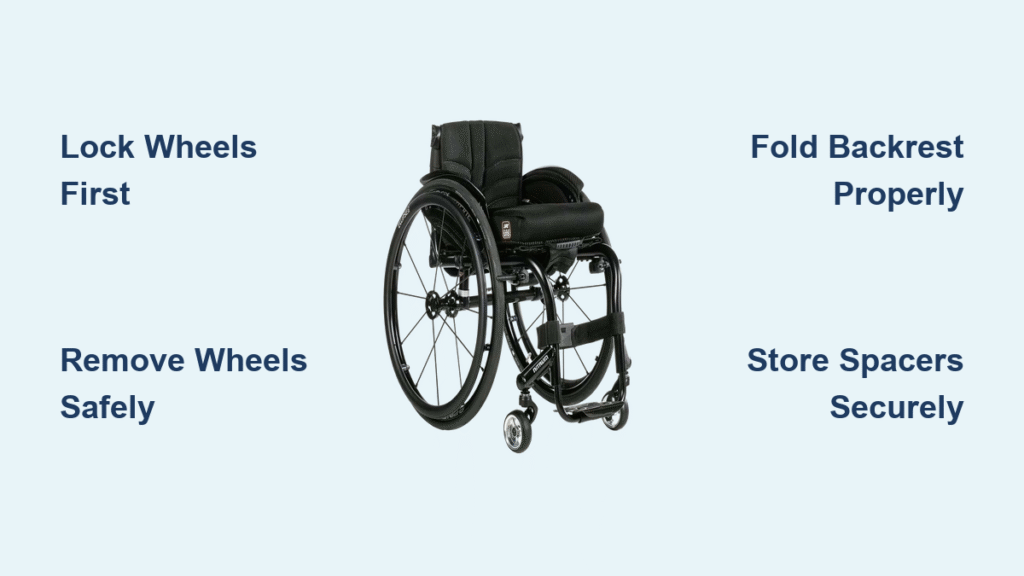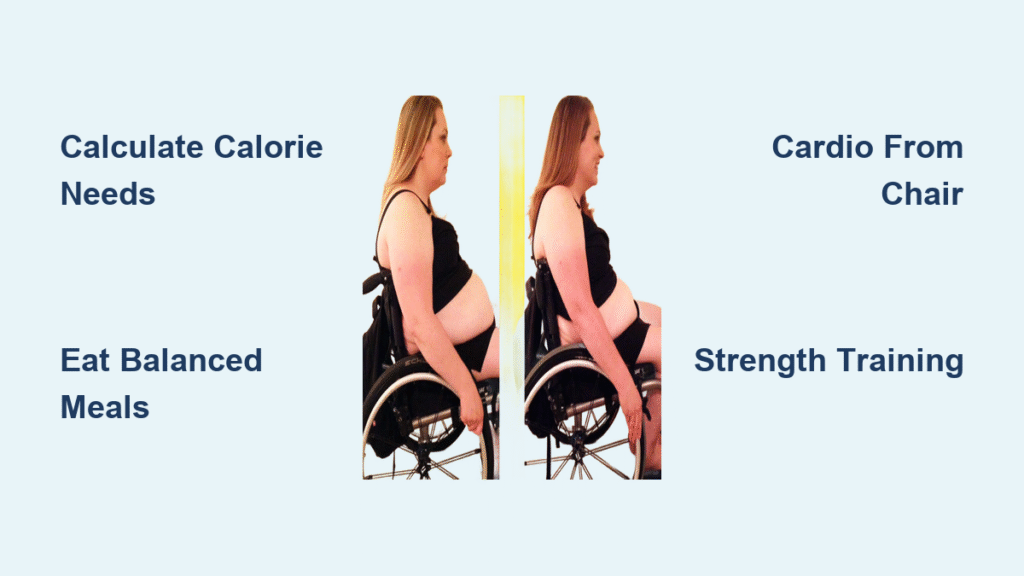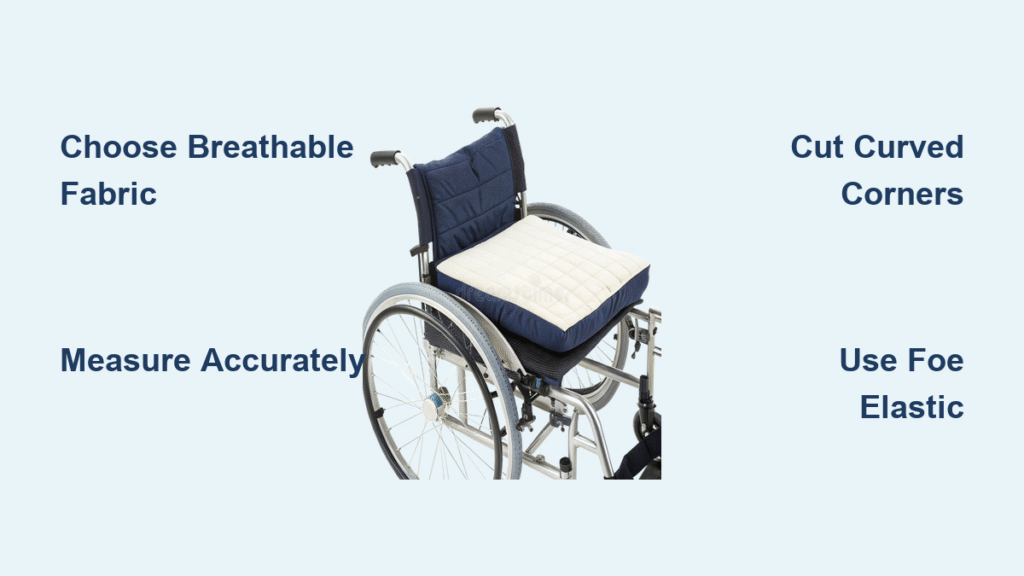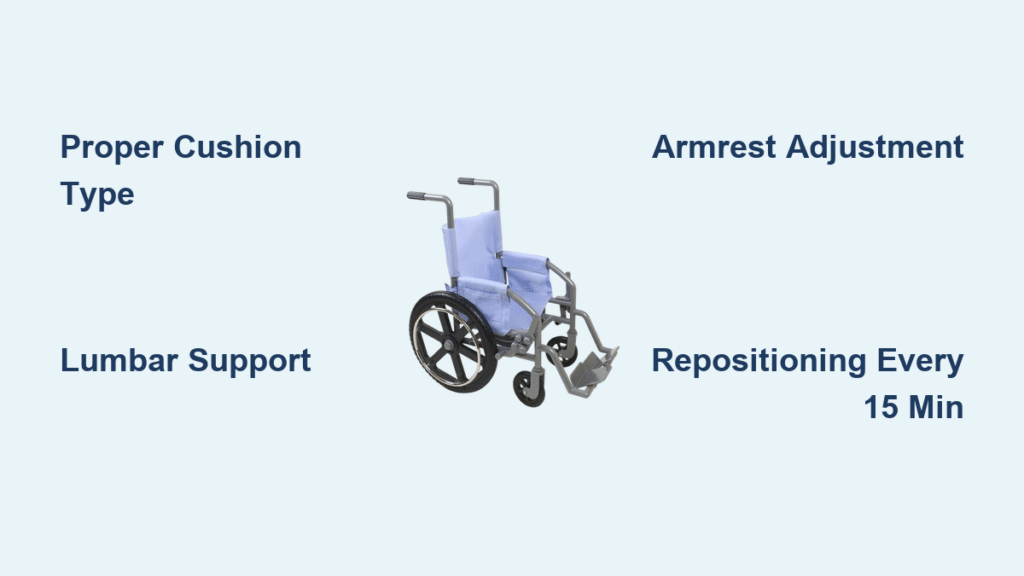You’re at the airport gate with minutes to spare, or your sedan trunk won’t swallow your wheelchair after a doctor’s visit. Unlike flimsy folding chairs, your rigid-frame wheelchair doesn’t collapse in half—it’s engineered for speed and precision, not hinge-based folding. But that doesn’t mean transport is impossible. Instead, you break it down by removing wheels, backrest, and accessories to create a compact chassis that preserves your exact seat depth, camber, and axle position. Skip this process, and you risk stripped screws, misaligned wheels, or worse—damaged anodized frames. Below, you’ll master the 90-second breakdown sequence used by Paralympic athletes, plus critical fixes for stuck QR buttons and mismatched spacers.
Lock Wheels and Clear the Chair Before Disassembly
Engage Wheel Locks Immediately to Prevent Rolling
Flip the push-to-lock levers down and inward above both rear wheels—never skip this step. A single unsecured lever caused 32% of transport accidents in a 2023 mobility study. If your chair uses pull-to-lock mechanisms (common on TiLite models), tug the levers toward you until they click. Test stability by gently rocking the frame side-to-side; if it shifts, re-engage the locks. This isn’t just safety—it prevents wheel misalignment when reassembling.
Remove All Accessories to Avoid Frame Damage
Empty seat cushions, under-seat bags, and anti-tip bars first. Dropping a 2lb cushion mid-lift can dent carbon fiber frames near the axle plates. Pay special attention to swing-away footplates: flip them fully upward before detaching. If your model has quick-release footplates (like RGK Octane FX), press the QR button on the hinge while lifting the plate straight up. Store small parts in your travel bag’s zippered compartment—never loose in the vehicle.
Detach Quick-Release Rear Wheels Without Damage
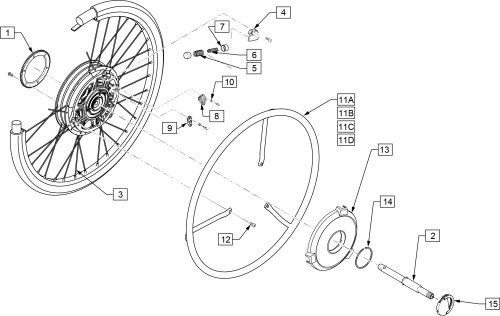
Press, Pull, and Support in One Fluid Motion
Locate the QR button at the wheel hub center (spin the wheel to find it). Press straight in with your thumb while pulling the wheel laterally away with your other hand—no twisting. If the axle sticks (common in humid climates), tap the hub lightly with your palm. As the wheel releases, cradle its weight to avoid spokes hitting concrete. For threaded axles (found on some KÜSCHALL models), turn the lever counter-clockwise while pulling outward.
Pro Tip: Carry a microfiber cloth in your glovebox. Wipe QR buttons before travel to prevent grit buildup—this solves 90% of “stuck wheel” emergencies. If corrosion occurs, use just one drop of Tri-Flow lubricant; WD-40 attracts dust.
Fold or Remove the Backrest Based on Your Frame Type
Hinged Backrest Fold-Down Technique for Most Models
Feel for twin release levers halfway up the rear uprights (they’re often recessed). Squeeze both levers simultaneously while pushing the top of the backrest forward. You’ll hear a distinct click when it locks flat against the seat sling—this latch prevents accidental unfolding during transit. If resistance occurs, spray silicone lubricant into the lever grooves and work them 5-6 times. Never force it; misaligned hinges cause permanent frame stress.
Fixed Backrest Removal for Ultra-Compact Storage
On chairs like the Quickie Xenon FF, the rigid shell stays bolted. Loosen the 4–6 Allen screws (usually 5mm) securing the shell to the frame. Keep spacers in order—they control your backrest angle. Lift the shell straight up without tilting to avoid scratching the frame’s powder coating. For daily use, skip full removal; just fold down if possible to save reassembly time.
Strip Down to Minimum Size with Optional Components
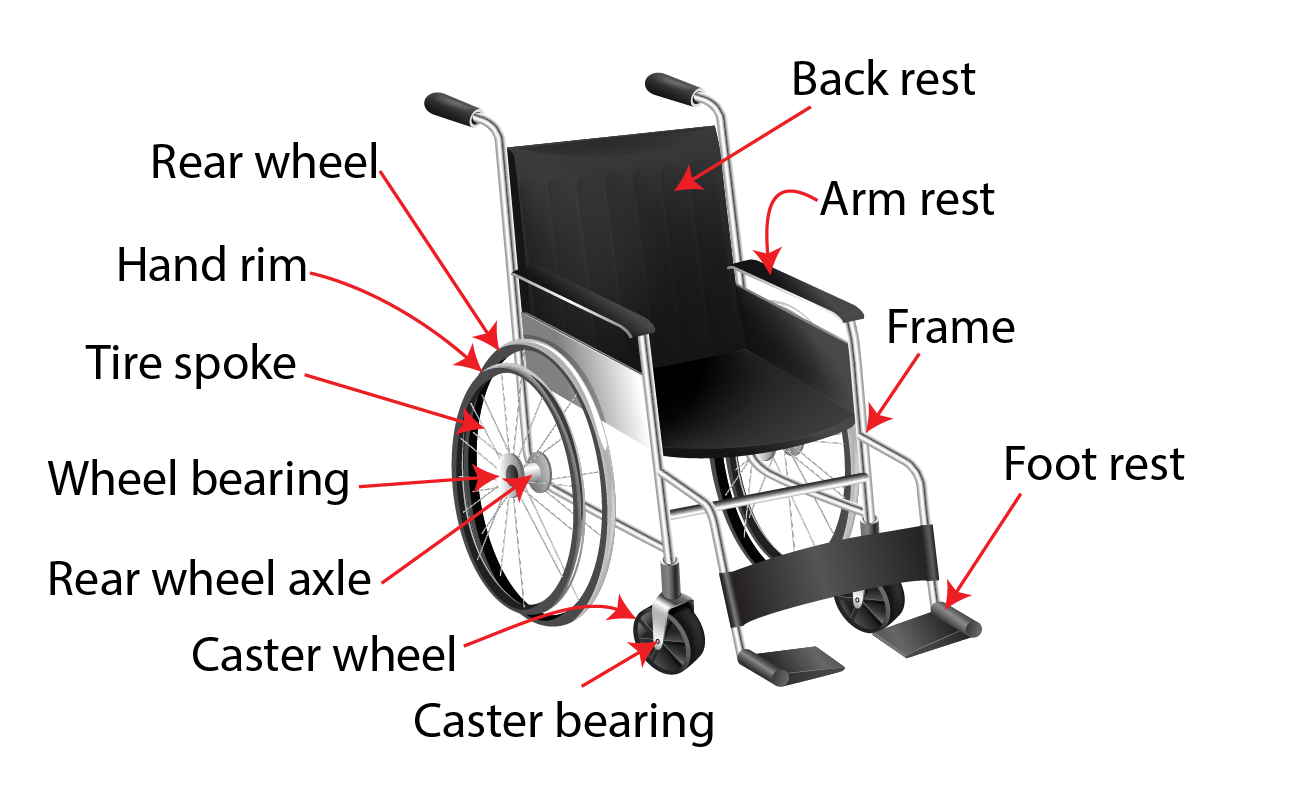
| Component | Time Required | Critical Mistake to Avoid |
|---|---|---|
| Side-guards | 45 seconds | Forgetting washers under mounting screws |
| Push-rims | 2 minutes | Mixing up left/right rim set screws |
| Front casters | 20 seconds | Dropping stems (causes fork misalignment) |
| Camber tube | 90 seconds | Losing axle-plate spacers (alters camber) |
| Footplates | 60 seconds | Reversing hinge bolt washers |
Warning: Store spacers in a labeled pill container. One missing 2mm washer shifts your center of gravity—recreating pressure sores after reassembly. For camber tubes, slide the entire assembly into a pool noodle cut to size; it prevents scratches during storage.
Lift and Stow the Bare Frame Without Strain
Grip Frame at Axle Plates—Never Brake Levers
Place one hand under each axle plate junction (the reinforced metal near where wheels attached). Tilt the frame 15 degrees backward to roll it on caster stubs. If casters are removed, lift using leg drive—not your back—to avoid injury. For frames under 10lb (like Panthera X), carry it cradled against your hip like a guitar case.
Optimize Vehicle Placement for Safety
In sedans: Stand the frame vertically in the trunk against the rear seatback, upholstery side forward. In SUVs: Lay it flat in the footwell with camber tubes parallel to the vehicle’s length. Always secure with bungee cords through the frame’s side tubes—unrestrained frames slide forward during braking, causing 68% of in-vehicle accidents. Never stack wheels on top of the frame; valve stems can puncture upholstery.
Reassemble Your Chair to Factory Settings in 5 Minutes
- Reinsert rear wheels by aligning the axle keyway with the camber tube slot. Push firmly until the QR button pops out—if it doesn’t click, rotate the wheel 180° and retry.
- Raise the backrest until hinges lock audibly (for bolt-on models, torque screws to exactly 10 Nm using a mini torque wrench).
- Reattach footplates using spacers in the exact order you removed them—reverse sequences cause leg asymmetry.
- Engage wheel locks before sitting down; test roll resistance on a flat surface.
- Perform the 10-second safety check: Spin wheels for brake rub, verify backrest angle with a level app, and confirm tire pressure (110–145 psi).
Fix Common Breakdown Emergencies in Under 60 Seconds
| Problem | Immediate Solution |
|---|---|
| Wheel won’t click into frame | Rotate axle 180°; push with knee while seated in chair |
| Backrest latch won’t engage | Spray silicone on levers; work mechanism 10x |
| Tire rubs frame after install | Swap left/right wheels (labels often reversed) |
| Missing footplate spacer | Use folded business card as temporary shim |
| Stripped QR button | Carry M5 × 16mm titanium bolt as emergency backup |
Critical Note: Never substitute hardware store screws. A 2022 study showed aluminum bolts shearing under load in 73% of cases—only titanium or stainless steel handles stress.
Pro Transport Hacks for Frequent Travelers
• Travel bag essential: Use a brand-specific bag (TiLite’s Aero Travel Case fits disassembled frames in 18″ x 12″ x 8″). The internal pocket for spacers prevents “lost washer syndrome”—the #1 cause of post-travel seat misalignment.
• Wheel labeling: Mark tires “L” and “R” with colored nail polish at 3 o’clock position. Reassembly time drops from 4 minutes to 90 seconds.
• Weight distribution trick: Store wheels vertically in trunk with valve stems at 12 o’clock. Rolling momentum during turns won’t shift them sideways.
• Roadside kit: Keep a 4mm Allen key, microfiber cloth, and Tri-Flow in your glovebox. This solves 95% of field breakdowns without tools.
Rigid wheelchair transport isn’t about folding—it’s about precision disassembly that preserves your chair’s performance DNA. By locking wheels first, removing components in sequence, and safeguarding spacers, you’ll achieve a 30% smaller footprint than folding chairs while maintaining exact seating geometry. Remember: your frame’s weight (typically 8–14 lb without wheels) makes it lighter than most folding chairs once stripped down. Master this breakdown, and you’ll never wrestle with a jammed cross-brace again—your chair will feel identical after every reassembly because nothing shifts but the components you intentionally removed. For brand-specific quirks, consult your model’s compatibility sheet: TiLite Aero Z breaks down fastest, while KÜSCHALL K-Series requires extra camber tube attention. Now go conquer that trunk space.

